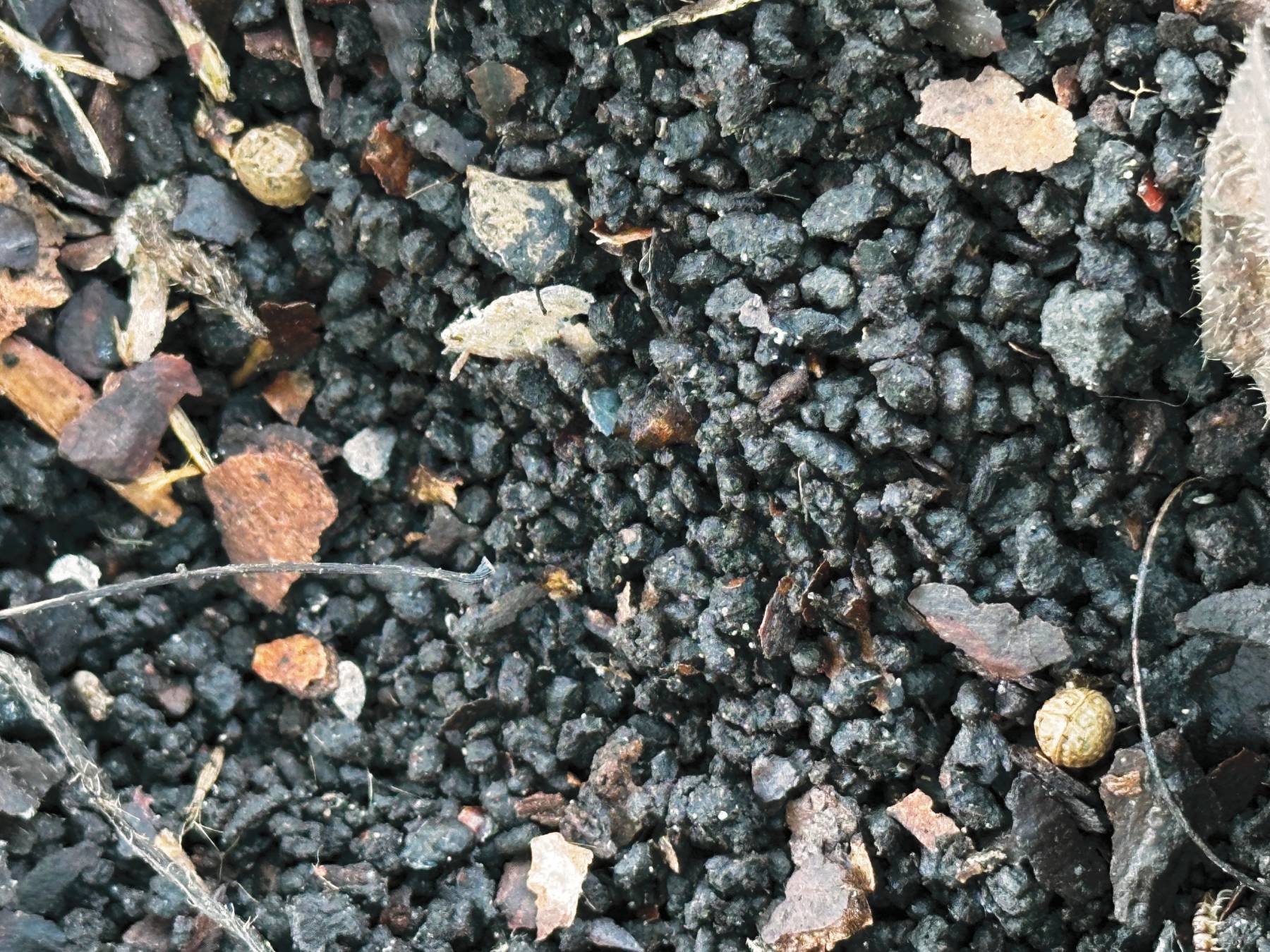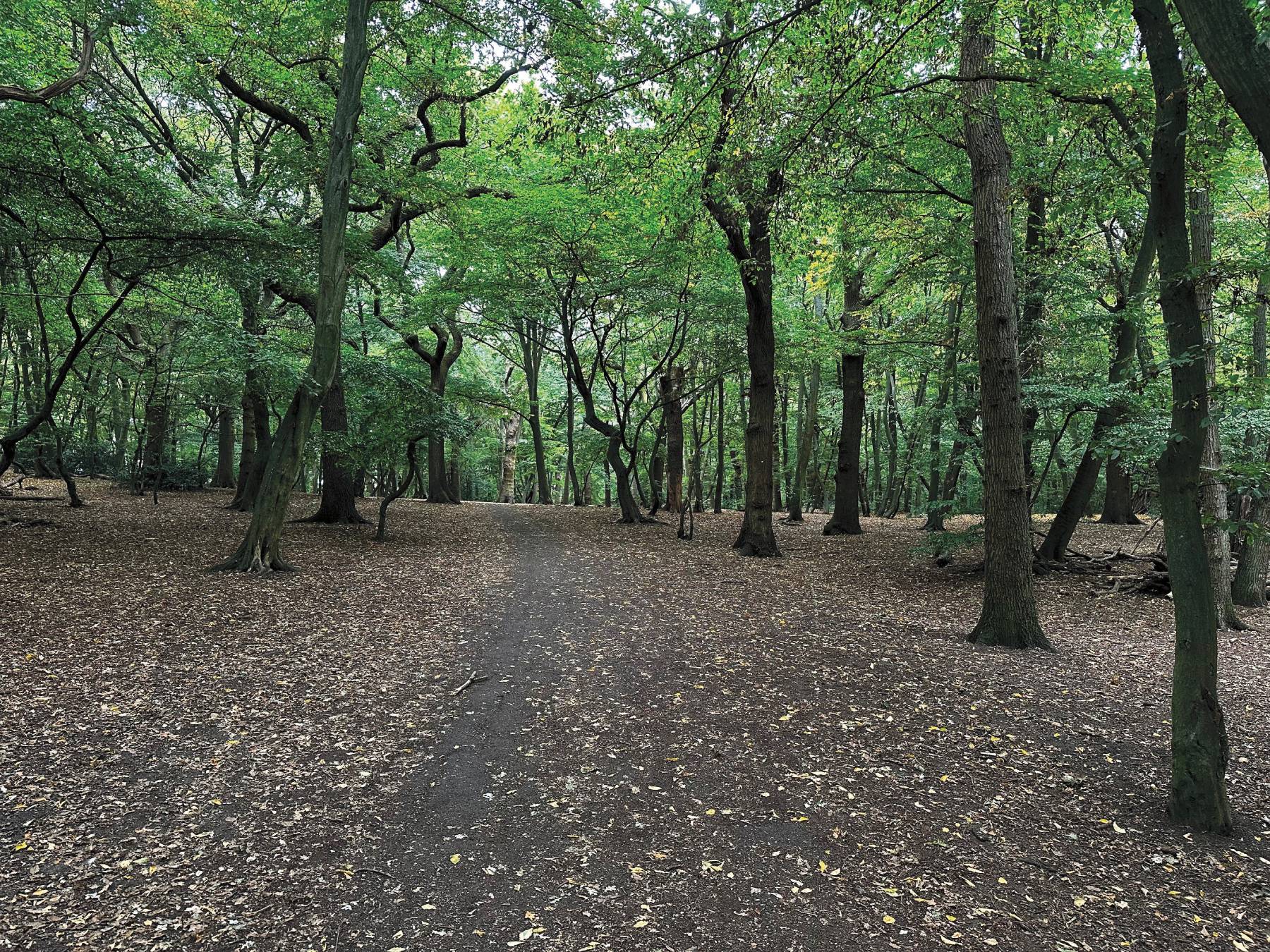Invasive jumping worms: Background, identification and control
Take action now to protect your garden and slow the spread of these invasive pests.

Michigan State University Extension is beginning to receive sporadic reports of invasive jumping worms within some regions of the state. Native, North American earthworms were killed by glaciers during the last ice age except for a few small pockets in the Pacific Northwest and parts of the Southeastern U.S. Most earthworms now in North America arrived when Europeans and other ethnic groups brought their favorite plants to this continent. The familiar, “naturalized-American” earthworms have been gradually changing North American ecosystems; however, several recently introduced species of earthworms are now causing rapid and destructive environmental changes.
Amynthas agrestis, Amynthas tokioensis and Metaphire hilgendorfi, which are indigenous to the grasslands of Japan, are being frequently reported in North America with other Asian earthworms, including Amynthas minimus and Pithemera Bicincta, becoming more prevalent. These worms go by several common names in the U.S. including jumping worms, Alabama jumpers, disco worms, Jersey wrigglers, crazy worms, snake worms and even wood eels for species found inside rotting logs.
Jumping worms are in balance with their ecosystems in Japan and other parts of Asia, most likely through local predation, diseases and other factors that control their numbers. But in North America, they have traits that contribute to swift and dramatic disruptions to ecosystems and home gardens. These traits include a voracious appetite and rapid reproduction without the need to mate. They also have no significant predators or other population controls on this continent, which provides them with a powerful ecological advantage over other earthworms. Jumping worms are easily spread from location to location, arriving in a load of compost, for example, or the soil around the roots of potted plants.
Jumping worms typically live in leaf litter on the soil surface and in the top few inches of soil, but some studies have found that they can go deeper in search of moisture and food. Upon arrival at a new location, they immediately begin feeding on leaves and decaying matter on the ground, disrupting plant roots and soil mycelium, which is an important part of healthy soil. Their feeding converts protective layers of leaves and mulch into crumbly worm manure that looks like coffee grounds.

Earthworm manure is referred to as castings, and these castings contain many nutrients that have been broken down by earthworms into a sort of fertilizer that can be used by plants for growth and development. The castings of naturalized earthworms mostly remain underground, but jumping worm castings are often left on the soil surface. As a result, the nutrients in the castings are not available for plants to use, but may be carried away in runoff after it rains. Without a protective layer of mulch, the nutrients are eventually lost, leaving soil that is less fertile, less able to retain water and more susceptible to erosion.
Activities of jumping worms change characteristics of the soil and alter the soil surface, destroying habitat that is important for native insects, ground nesting birds, and other small animals. These conditions make it difficult or even impossible for some native plants and local wildlife to survive and make the land more prone to colonization by other invasive species that are tolerant of poor soil conditions.

A single jumping worm can produce, asexually, up to 20 eggs, which they encase in “cocoons” to protect the eggs and worm embryos against drought and cold. The cocoons range from the size of a poppy seed to slightly smaller than a matchhead (0.06 to 0.12 inches or 1 to 3 millimeters). Producing 10 to 50 cocoons per season, their concentration in any given area is far greater than naturalized earthworms. The young hatch when the soil reaches about 50 degrees Fahrenheit (10 degrees Celsius) and mature in three to four months. Unlike adult jumping worms, which die in freezing temperatures, the cocoons can survive in soil for years.
How do you identify a jumping worm?
A jumping worm can be identified by several observable features: snake-like movements with thrashing when disturbed, mature length ranging from 1.5-8 inches (4-20 centimeters) and smooth, glossy skin with a pale, whitish ring (the clitellum) that completely encircles the body. This “annular” clitellum is usually flat against the skin, rather than raised, occurring 14 to 15 segments after the worm’s head, versus 23 to 32 for naturalized worms. They also have large mouths that can be readily seen, and they can lose the ends of their tails when grabbed to escape capture.

What can you do about jumping worms?
Solarization is one option to control jumping worms in annual garden plots by heating the soil with sunlight to kill cocoons. When the weather is predicted to be warm and sunny for several days, spread 2-6 mil, clear plastic sheets over the soil and bury the edges to keep them in place. Studies indicate that cocoons will die in three to four days if the weather is sufficiently warm and dry. If soil is solarized for two to three weeks or longer, weed seeds and unwanted vegetation may also die.
Another possible approach to reduce the number of worms is to till the soil around the month of May when it is warming and worms have hatched, but before they are old enough to produce cocoons. The tilling process may kill some worms and unearth others that you can pick out and destroy by putting them into a plastic bag and leaving it in the sun for several days. You can also drop them into a container filled with vinegar or alcohol. Similar to naturalized earthworms, jumping worms may be harmed by frequent use of chemical fertilizers. Sadly, organic gardening practices like no-till planting, mulching and using compost create ideal conditions for jumping worms.
The presence of jumping worms in the soil may require changes to gardening practices. Some plants will not respond well to the changes in soil chemistry and quality that result from jumping worm activities. Lawns and shallow rooted plants may not fare as well as those with deeper root systems, so it may work better to start seeds in pots and transplant them into the garden when they are larger rather than sowing seeds directly into the soil. Finally, you may have to deal with more weeds and invasive plants that thrive in disturbed soil.
What action can you take now?
If you do not have jumping worms yet, there are actions that may help keep them away:
- Do not move worms or soil to other locations. Objects contaminated with soil can potentially spread cocoons. Make sure to clean tools, shoes and even the treads of car tires to remove soil.
- Never use or transport home-made compost, mulch, worm castings or plants grown in garden soil, especially from infected areas. If you need to buy compost or soil, make sure that it has been sterilized.
- Propagate your own plants through seeds or cuttings. Avoid acquiring plants through community plant exchanges. If you must obtain plants from outside sources, purchase bare-rooted plants from reputable growers. If they are already potted, remove the soil, then wash and inspect the roots for worm cocoons. Remember, worm cocoons can be as small as a poppy seed, which can be easily overlooked. Solarize removed soil in a clear plastic bag for at least three days or discard it in a sealed, plastic bag.
- Jumping worms can absorb heavy metals and other pollutants from contaminated soil, so do not feed them to chickens used for their eggs or meat.
- Never use jumping worms to make compost or for use as fishing bait.
- Tell your neighbors, family and friends how to avoid spreading jumping worms.
To check for jumping worms, look in damp, shady areas and scratch around the leaf litter and soil or look under logs and rocks. Another approach is to mix 1/3 cup of ground yellow mustard powder with 1 gallon (3.5 L) of water and pour it over a 1-foot (30 centimeters) square of soil. Mustard irritates the worms, causing them to wriggle to the surface. Also, pay attention to telltale signs of their activity. If your mulch is disappearing at a faster-than-normal rate, and the soil looks crumbly like used coffee grounds, jumping worms may be present. If you find jumping worms, report them to your state or regional invasive species network.



 Print
Print Email
Email



